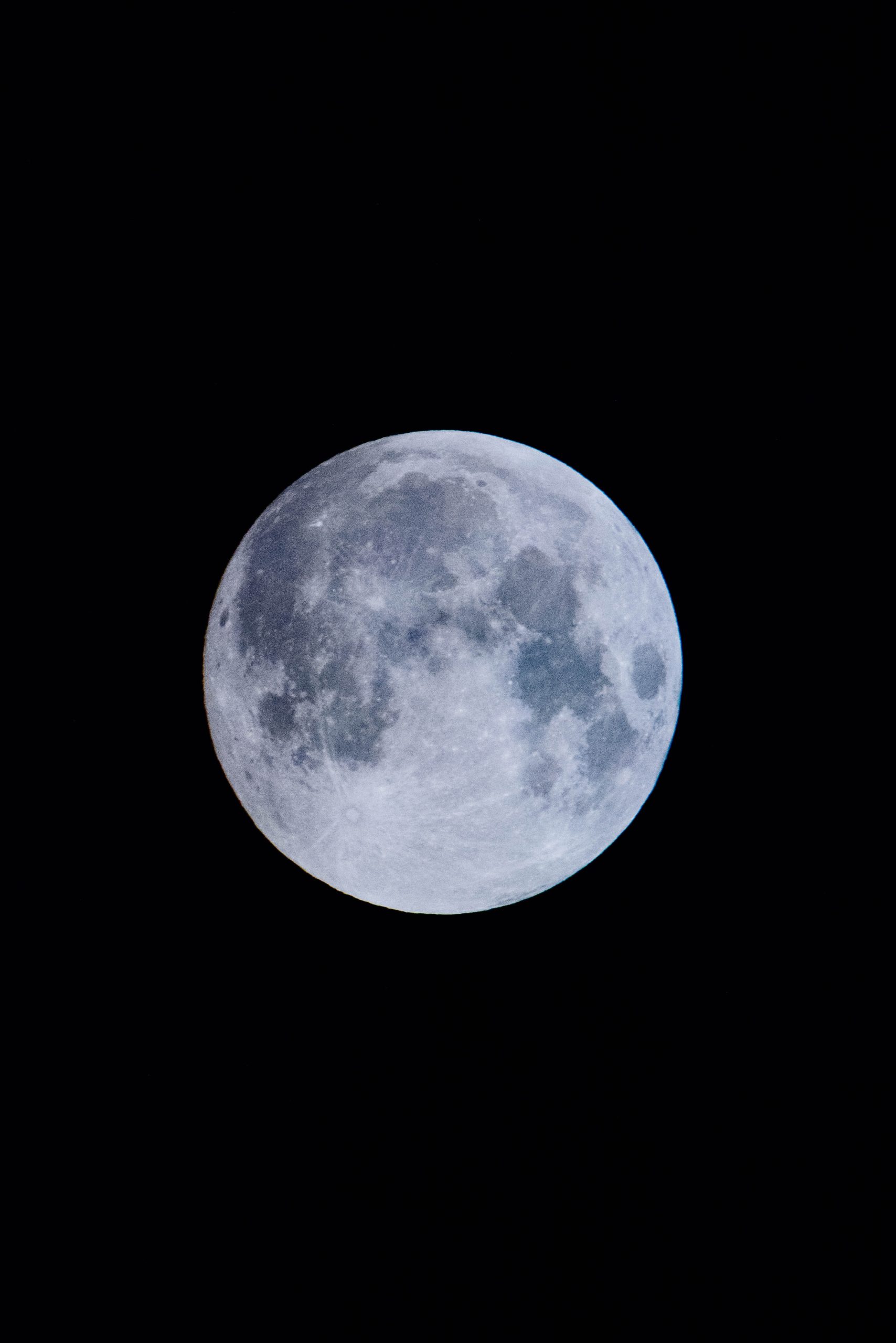Understanding the First Quarter Moon Phase: A Detailed Exploration
Among the mesmerizing celestial events that adorn our night sky, the moon phase cycle stands out as one of the most captivating. With its diverse shapes and stages, the moon offers a visual spectacle that has fascinated humanity for centuries. One particular phase that captures attention is the first quarter moon. In this blog post, we will delve into the intricate details of the first quarter moon phase, its significance, and the various aspects that make it truly remarkable.
What is the Moon Phase Cycle?
Before we dive into the specifics of the first quarter moon, let’s briefly discuss the overall moon phase cycle. The moon revolves around the Earth, and as it does so, it goes through a series of eight distinct phases. These phases are a result of the interaction between the positions of the sun, Earth, and the moon.
The moon starts with the new moon phase, where it is completely invisible from Earth. From there, it progresses through the waxing crescent, first quarter, waxing gibbous, full moon, waning gibbous, third quarter, and finally, the waning crescent. Each phase reflects the moon’s shifting position and the amount of illumination it receives from the sun.
What is the First Quarter Moon Phase?
The first quarter moon phase is the second prominent phase in the moon’s cycle. This phase occurs approximately one week after the new moon. During this stage, the moon appears as a perfect half-circle, earning it the name “first quarter” due to its position in the cycle.
The first quarter moon gets its name from the fact that it marks the completion of a quarter of the moon’s journey around Earth. However, it is essential to understand that despite the name, the first quarter moon is not always exactly 25% illuminated, as its appearance may vary slightly due to factors like the moon’s distance from Earth and the Earth’s atmosphere.
Why is the First Quarter Moon Phase Important?
As the moon transitions through its various phases, each stage holds its importance and significance. The first quarter moon phase, in particular, has unique characteristics that make it noteworthy in both cultural and astronomical contexts.
Astronomical Significance:
From an astronomical perspective, the first quarter moon phase provides valuable insights into the moon’s orbit and position. During this phase, half of the moon is illuminated by the sun while the other half is in shadow. This alignment allows astronomers and researchers to study the moon’s topography, detect surface features, and gather data on its geological composition.
Furthermore, the first quarter moon phase offers a prime opportunity for amateur astronomers and stargazers to observe the moon with relative ease. The illumination and shape of the moon during this phase make it an excellent subject for viewing through telescopes or even with the naked eye.
Cultural Significance:
Throughout history, the moon has held deep cultural and symbolic significance in various civilizations across the globe. The first quarter moon phase is no exception to this, as it has featured prominently in folklore, astrology, and religious beliefs.
Many cultures believe that the first quarter moon phase signifies growth, potential, and forward momentum. This phase is often associated with new beginnings, making it an auspicious time for setting intentions, launching new projects, or embarking on personal journeys.
How to Identify the First Quarter Moon Phase
Identifying the first quarter moon phase is relatively straightforward, even for those new to observing the moon. Here are a few key characteristics that can help you recognize the first quarter moon:
- Shape: The first quarter moon appears as a perfect half-circle, resembling a capital “D”.
- Illumination: Half of the moon is illuminated, while the other half is in shadow.
- Position: The first quarter moon typically rises at noon and sets at midnight, making it visible for a significant portion of the night.
By keeping these features in mind and observing the moon during the specified time frame, you can confidently identify and appreciate the first quarter moon phase.
The Role of the First Quarter Moon Phase in Lunar Calendars
Lunar calendars, used in different cultures worldwide, rely on the moon’s phases to mark the passage of time and determine specific dates and events. The first quarter moon phase plays a crucial role in these calendars, often serving as a reference point for festivals, religious observations, agricultural activities, and astronomical predictions.
For example, in some traditional Asian cultures, the first quarter moon phase is associated with the celebration of the Mid-Autumn Festival, a time to appreciate the moon’s beauty and the harvest season. Similarly, in Islamic lunar calendars, the first quarter moon phase marks the beginning of specific months, like Ramadan, based on lunar sightings.
Conclusion
The first quarter moon phase, with its distinctive appearance and cultural significance, undoubtedly holds a special place in our collective understanding of the moon’s cycle. Whether you seek its astronomical wonders or appreciate its impact on cultural traditions, observing and learning about the first quarter moon phase adds depth and appreciation to our cosmic experiences. So, the next time you find yourself gazing at the night sky, take a moment to admire the moon in its first quarter glory.
Table of Contents
